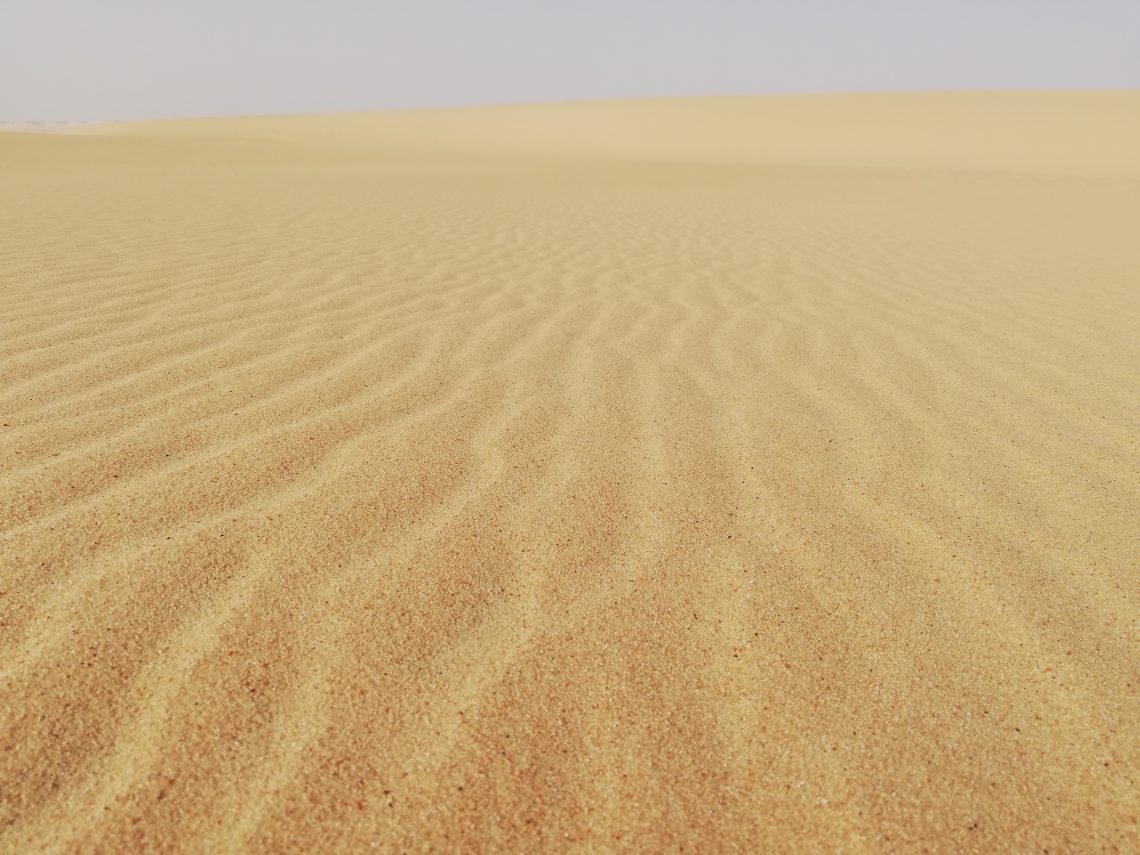
Things to do around Tunis Village
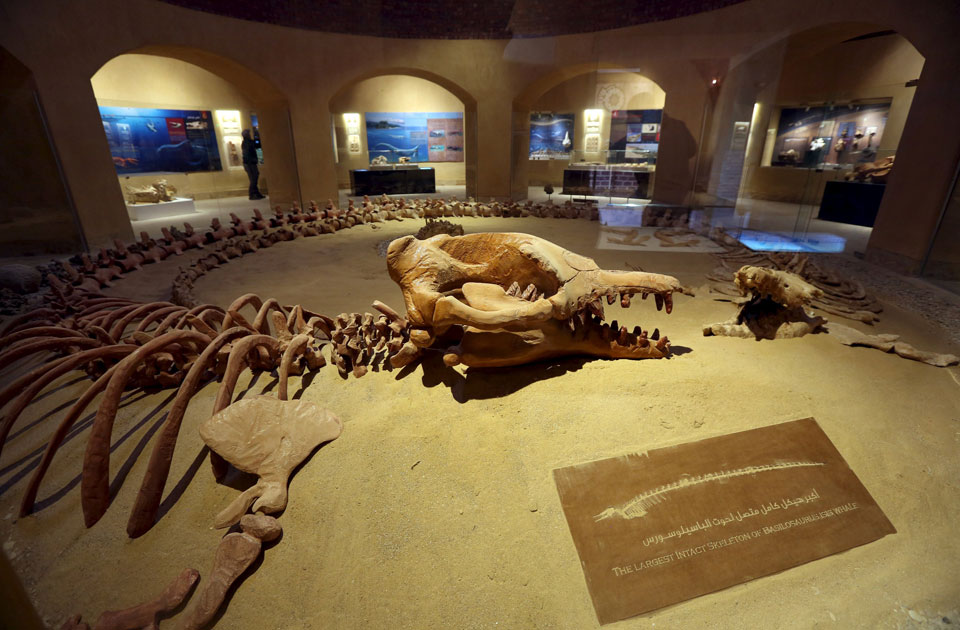
Wadi El Hitan – UNESCO World Heritage Site
Wadi Al-Hitan is one of those places is the world where one can observe the iconic changes that our planet has undergone. A landscape that has changed from sea to desert
Preserved in this landscape – the history of whales. It vividly portrais their transition from land animals to a marine existence.
Don’t forget to visit the Wadi El Hitan Fossil & Climate Change Museum!
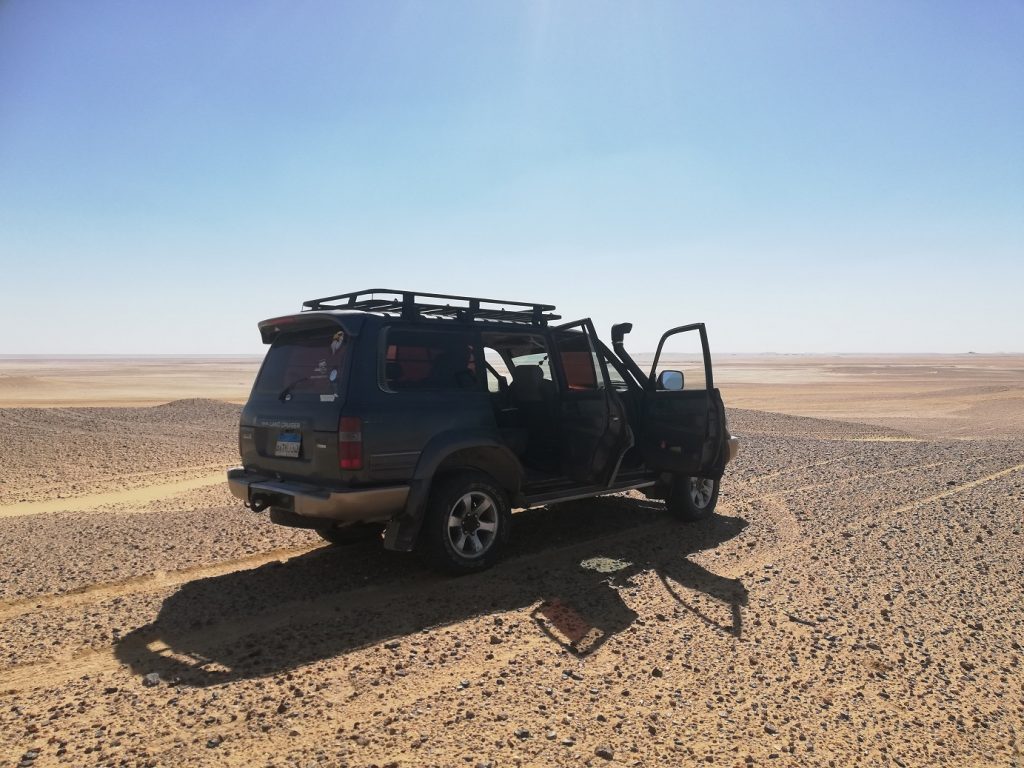

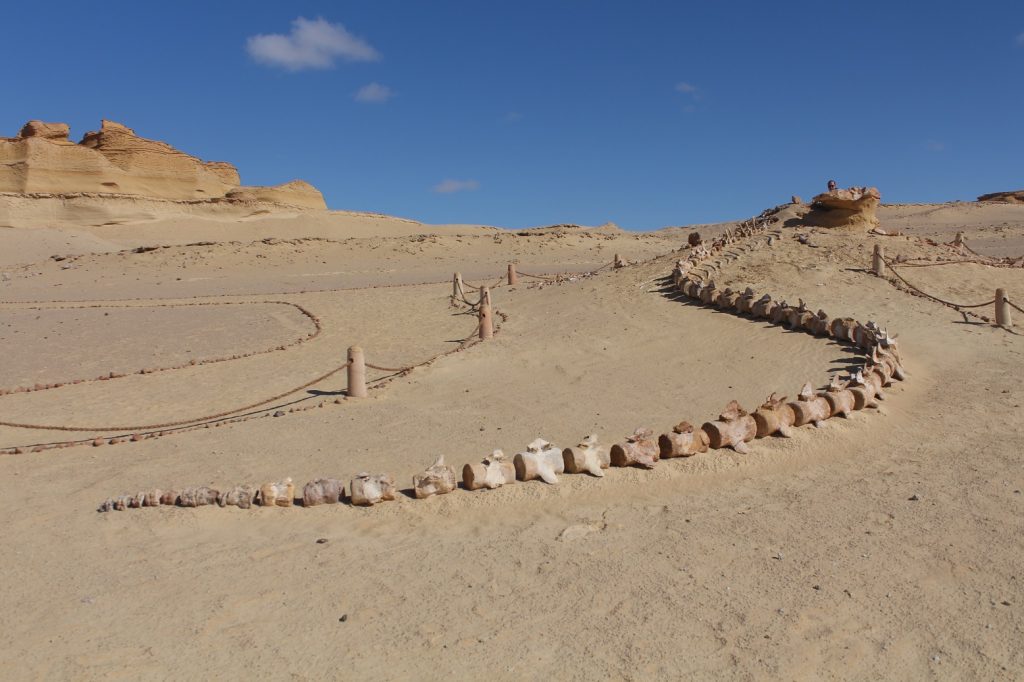
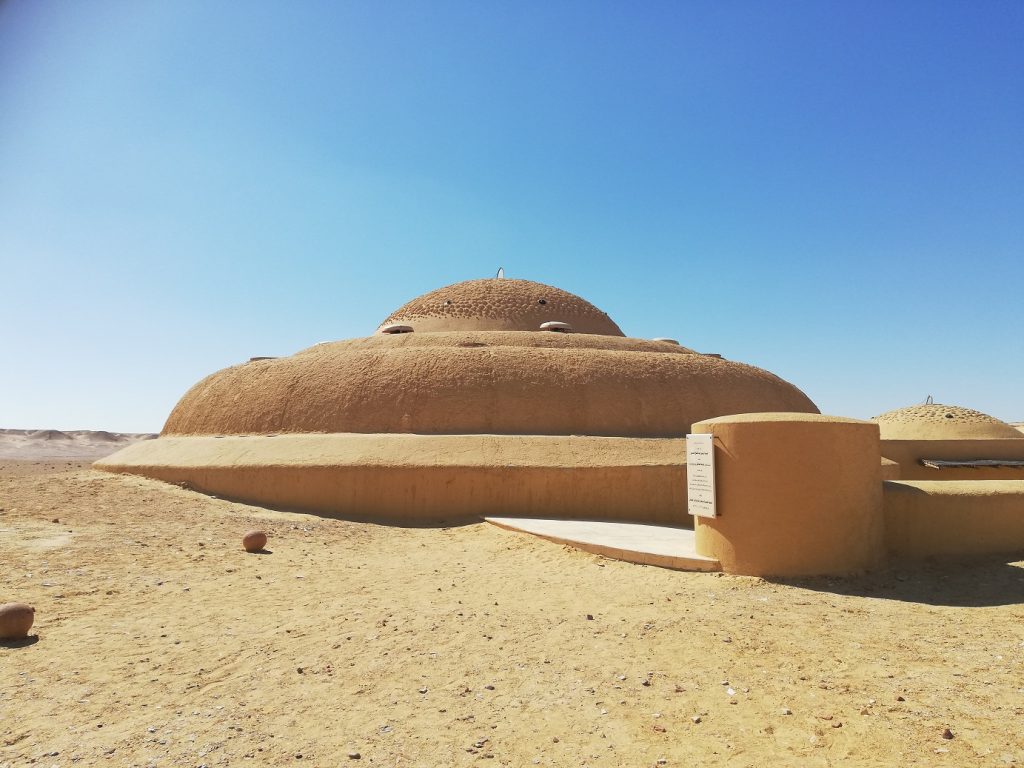
Wadi El Rayan National Park
Wadi El Rayan is a nature reserve 42 meters below sea level. It is home to two lakes, which were formed in 1973 to store excess agricultural water for the Fayoum region.
The extensive reed beds along the shorelines, create a haven and breeding spot for many fish and migratory birds.
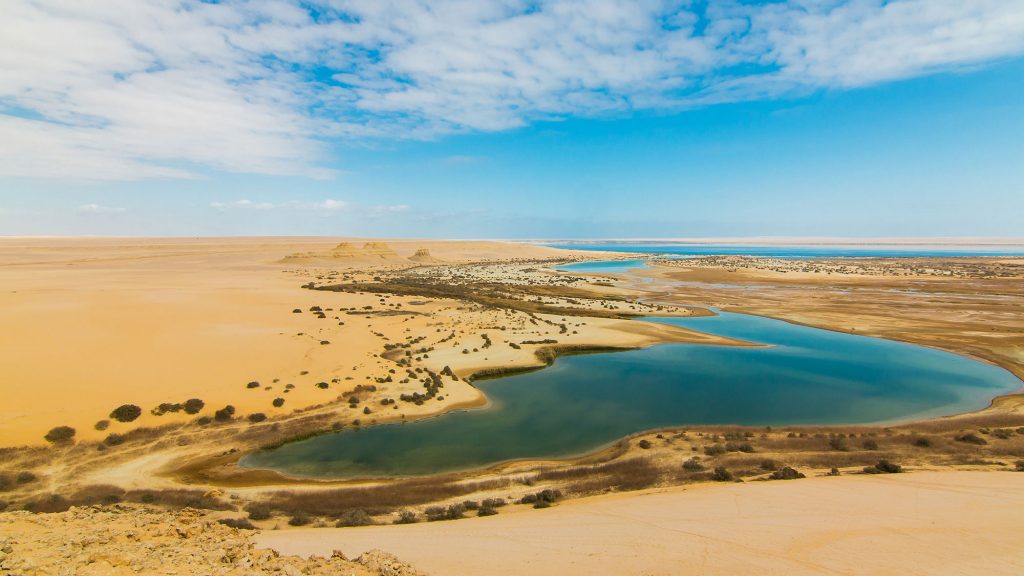
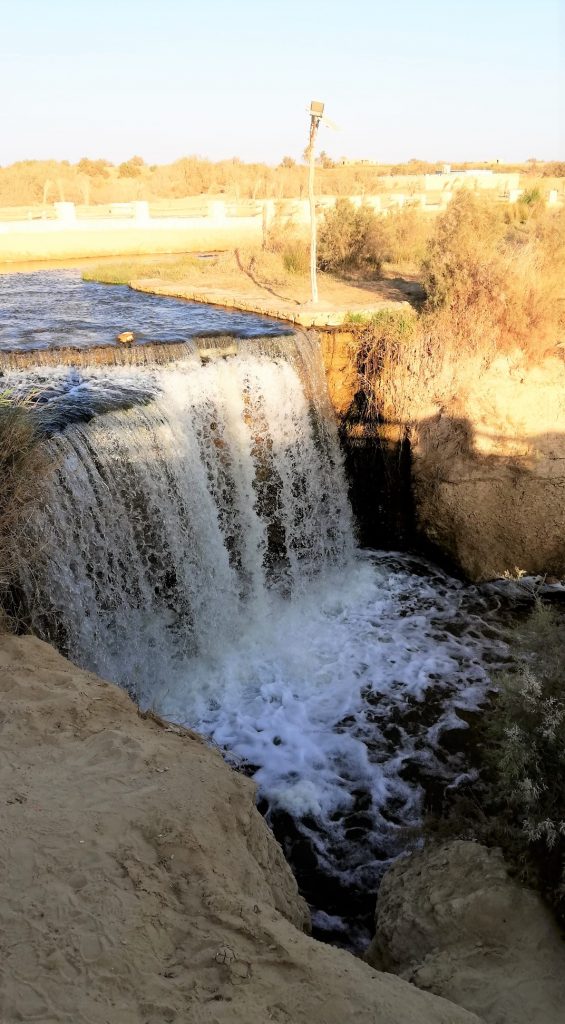
Waterfalls of Wadi Rayan
The reserve is composed of an upper lake and a lower lake, with waterfalls connecting the two lakes. Unlike the misconception, these are not naturally made waterfalls, they are actually manmade waterfalls and they are not a product of yesterday.
The story of those artificial waterfalls started in October 1968 when the Egyptian government decided to use Wadi El-Rayan’s land for excess agricultural drainage. Before agricultural drainage poured into Lake Qaroun. However, the lake can only take a certain amount of drainage water. Thus, there was a pressing need to find an alternative drainage basin, and the big natural depression of Wadi Rayan was found suitable. The project was officially finished and inaugurated in January 1973 and with it created the only waterfalls in Egypt.
Lake Qaroun
Lake Qarun is Egypt’s largest salt lake. It received its protectorate status, not only for its importance for migrating birds, but also for its unparalleled historical, natural and scientific importance. It lies about 45 meters below sea level and occupies the lowest, northern section of the Fayoum depression.
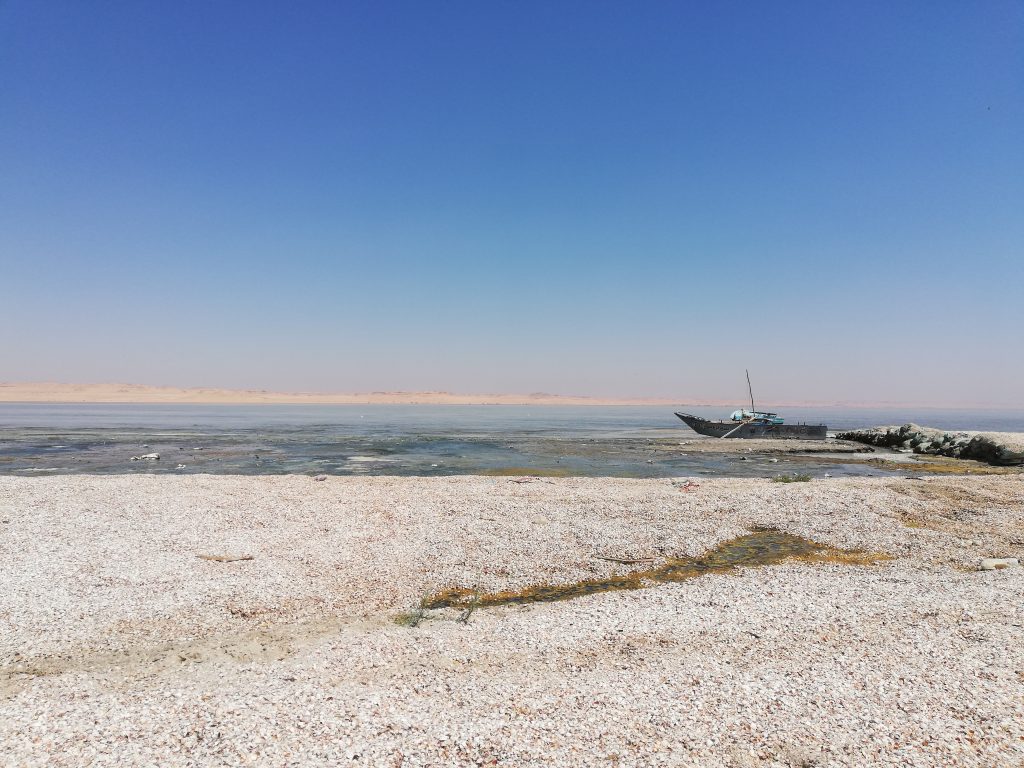
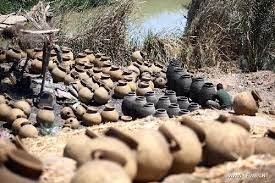
Nazla Pottery Village
Nazla is a small village about 40 mins away from Tunis Village. Nazla differs from Tunis Village by its traditional open-air pottery workshops which follow the techniques of ancient Egypt. Nazla’s pots are unique by the very nature of how they’re produced. The same pots were used in ancient Egypt to handle water and milk, and today they serve as aesthetic decorations and planting pots. People from around the world visit Nazla to witness the one-of-a-kind methods applied within its pottery buildings and the architect has been – rightfully – calling for the village to be registered as a heritage site.
Click here to learn more about Nazla and its pottery
Qasr Qaroun Temple
The Greco-Roman Temple “Qasr Qarun” is an exquisite
piece of architecture. With its halls, staircases, corridors
and hidden crypts. It lies at the western end of Lake Qaroun overlooking green fields. The temple was built in 4 BC and is dedicated to Sobek, the crocodile headed god of Al Fayoum. It was once the starting point for caravans going to the Westen Desert. Every year in September, the ”Sun Festival” is held to celebrate the sunlight hitting the temple’s innermost
sanctuary.
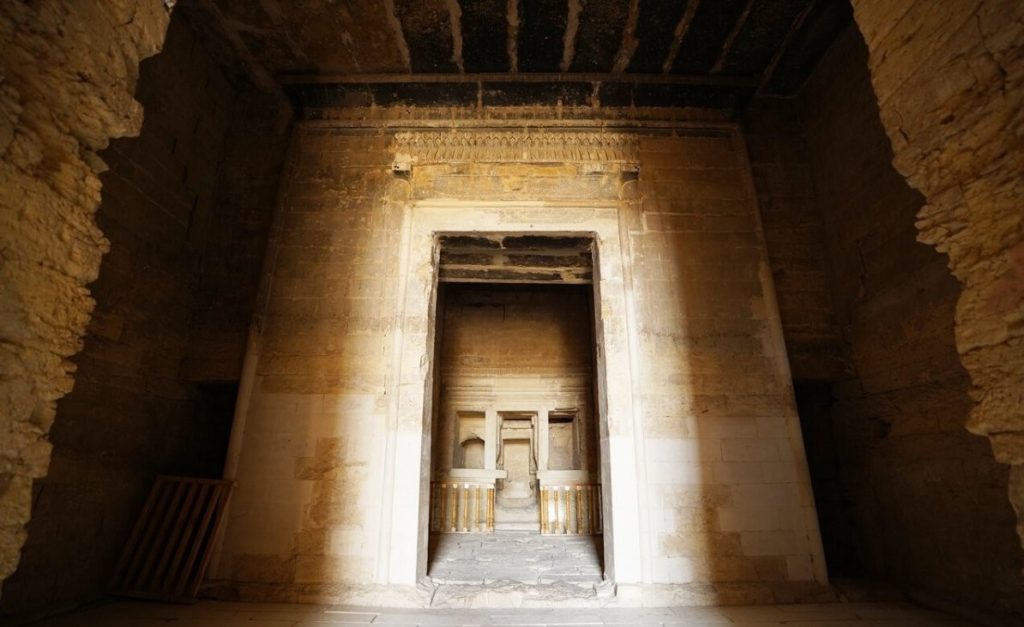
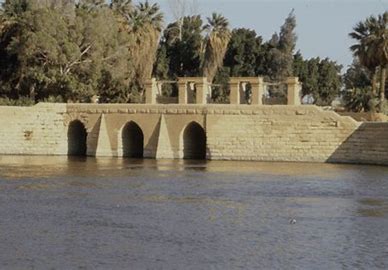
Lahoun Barrages
Two separate bridges with a sluice were built in the 13th century AD in the reign of Sultan Baybars over the foundation of an old barrage which is thought to built by Amenemhat I in the twelfth dynasty (19th/18th century BC).
The barrage was built to regulate the water entering Fayoum from the south. It was maintained by King Fouad I in the 13th century AD.
Medinet Madi
the remains of a Greco-Roman town where a temple of the cobra-goddess Renenutet was founded during the reigns of Amenemhat III and Amenemhat IV (1855–1799 BC). It was later expanded and embellished during the Greco-Roman period. In the Middle Kingdom the town was called Dja, in the Ptolemaic and Roman Periods it was called Narmuthis.
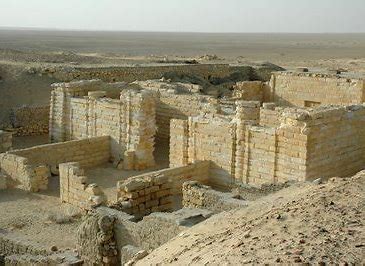
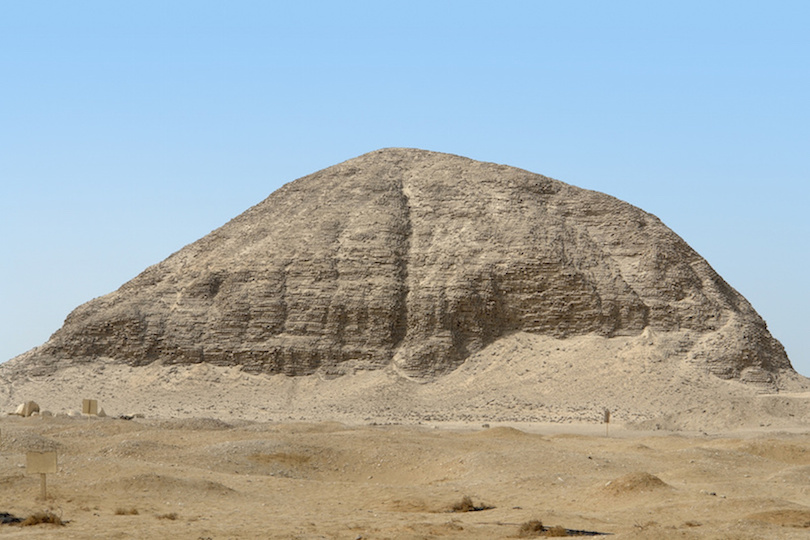
Hawara Pyramid
The pyramid was build by Amenemhat III in the 19th century BC. The pyramid’s core was built entirely of mudbrick stones with only an outer mantle in limestone.